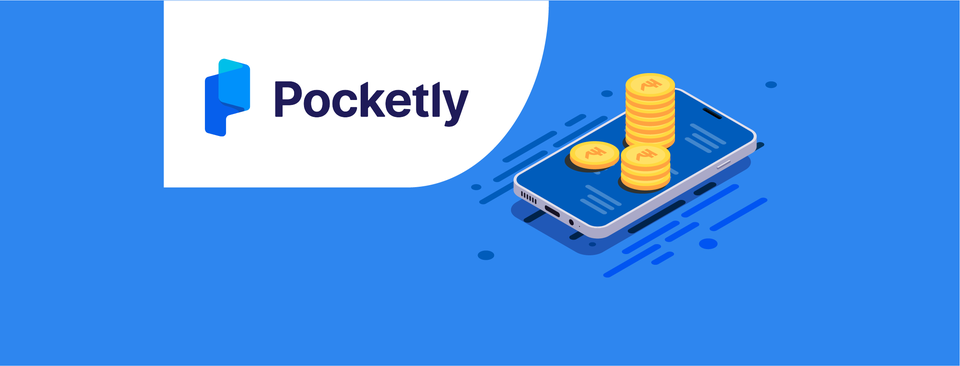You understand the significance of investing in new growth prospects because you are a business owner. But sometimes, you may not have the necessary funds on hand to make these investments. Small company funding may save your life in this situation.
You may have thought about taking out a term loan or a personal loan if you’re seeking funding. But it’s crucial to comprehend what this kind of loan is and how it varies from other available possibilities before making a decision.

1. What are term loans?
A term loan, often known as an EMI (Equated Monthly Installment) loan, is a creditline that is granted for a set period and must be repaid in regular installments. These loans are typically extended for a longer period, which can be anything between one year and thirty years. These loans have variable interest rates that are determined by the state of the market. Small enterprises with strong financial statements or individuals both take these actions.
2. Types of term loans
- Short term loans
These are short-term loans with a two-year maximum term. These loans are often utilized to cover operating expenses or the company’s working capital needs. A company has a variety of options for short-term loans. They consist of bill discounting, cashe, trade credit, and commercial banking.
Due to the shorter repayment duration, short-term business loans typically have higher interest rates than some other kinds of term loans. If the loan duration is very short, these loans may require weekly repayments like the ones offered by Fibe. Any company thinking about taking out one of these loans should keep in mind that they come with interest but that the charges increase if the company doesn’t make any payments.
- Long term loans
The bulk of the time, these are loans with terms longer than five years. Depending on the nature of the obligation, tenure terms could go beyond 25 or 30 years. The majority of long-term loans demand collateral because of the bigger ticket amounts and associated risks. Examples of these loans include home loans, auto loans, and loans secured by property. When loans are secured, rates are also lower. Due to the additional risk, interest rates are often higher in these situations.
- Medium-term loans
These loans have terms ranging from two to five years. There are both short-term and long-term loans included in these loans. These loans are typically obtained by businesses to upgrade or fix a fixed asset. Take the renovation of a showroom as an illustration. These loans share some characteristics with both short-term loans and long-term loans. Although the interest rates are greater than those for long-term loans, the amount of information needed to apply for a loan is much less demanding.
3. The eligibility factors involved in terms of loans
The borrower’s background determines term loans, number of completed projects, and credit history. The business model of the lender is another factor. The plan must be convincing to the lender and have the capability to generate significant revenue. Another important consideration is the type of mortgage being offered as collateral. The reputation of the business, its financial condition, and its operational effectiveness are all taken into account when giving a term loan to a company.
Conclusion:
Term loans, which provide a fixed amount of money that can be returned over a certain period with interest, are a common financing choice for people and enterprises. Having a basic understanding of salaried personal loan and term loans can help borrowers choose the right financing solution.